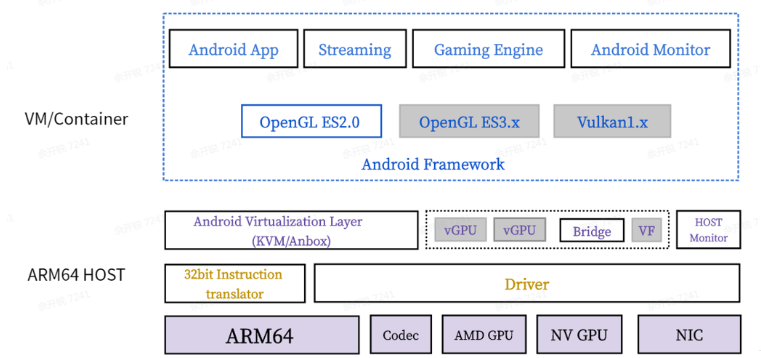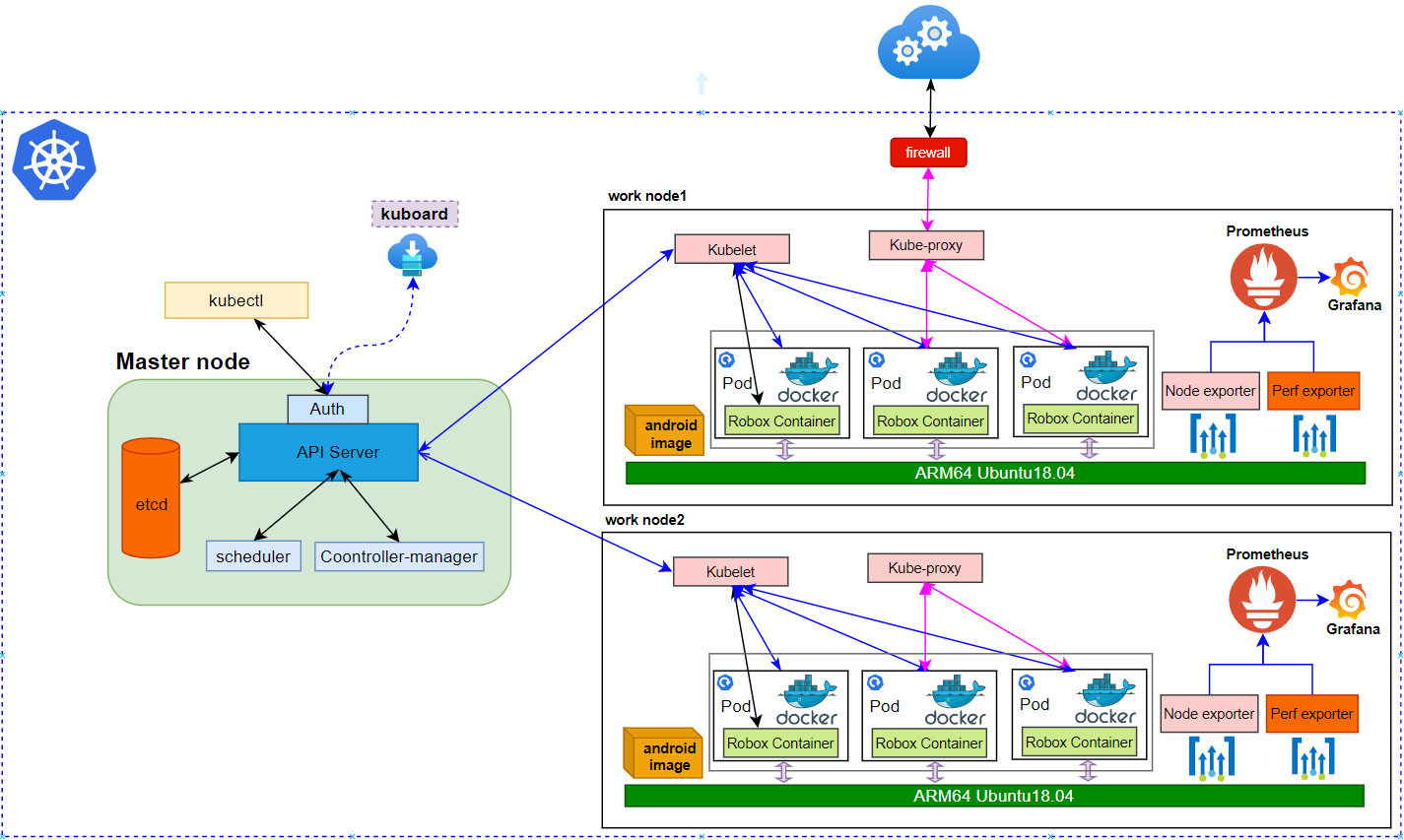Objectives of LF Edge Industry Solution Showcase:
The LF Edge Industry Solution Showcase was initiated by LF Edge SPC, and is currently being lead by LF Edge TAC with the support and participation of LF Edge staff and community.
The objectives of the program are:
- To promote LF Edge projects and increase adoption
- To demonstrate how LF Edge project-based solutions solve real world problems
To help identify solution gaps for the LF Edge developer community and seek support
- To help project developers build a stronger business case for their sponsor's investment in their project
- To help increase user adoption for LF Edge projects by providing repeatable patterns, increasing participant eminence, and driving project awareness
- To provide inspiration for more innovative projects under LF Edge
Requirements of LF Edge Industry Solution Showcase:
To ensure quality and consistency of each showcase, please provide the following required content in order to be qualified as "In operation (ready to show) "showcase.
For those showcases that are not ready (don't have sufficient content for the following requirements, please put your showcase under the "In pipeline" area, and we'd be happy to move your showcase whenever you're ready.
- Title of the showcase (only official LF Edge projects can be listed on the title)
- Owner/Leader(s) of the showcase
- LF Edge projects involved (minimum 1 LF Edge project need to be in the showcase)
- Description
- The solution needs to “solve” an industry problem, which needs to be clearly stated in the “description” section of the showcase
- Please provide solution architecture and any additional technical information that you want to provide in the "description" section of the showcase
- The solution doesn’t need to be “production ready”, but the solution needs to be “demo-able”/”deployable”, and currently exists in a lab. I.e. a POC that can be started by anyone in the community or a video demos the solution
- Only official LF Edge projects can be listed in the title. Other projects, software/hardware products/technologies to round up the solution can be listed in the “Description” section
- How to install/use
- Current Adopters
- Minimum one user endorsement. Pls provide the enterprise or organization name. Alternatively, a description of the user can be provided if the user doesn't want to publish their company name. Example - A telco in UK,
- The user doesn’t need to be a customer of the solution, but they need to show interest and participate in the solution building effort.
- A service provider who is packaging the solution as part of their commercial solution/service offering can be qualified as an “user”
- Video/presentation (provide a video or a .ppt of the demo)
- Related talks/links
- Call to action (if you need more developers, resources, user endorsement, etc. please leave contact information)
Open Source 5G Solution for Industrial Edge
Owner: Keesang Song keesang.song@amd.com
LF Edge project(s) involved:
Magma, OSC, Akraino, EVE (not confirmed, under evaluation by Michael Maxey)
Introduction & Background:
Open source 5G RAN SW Reference architecture for Industrial Edge solutions :
- Provides more flexibility, scalability, and adaptability to rapidly evolving 5G technology
- Enables MNO to customize their network more easily and cost-effectively, as well as to build virtualized network functions, such as base stations, that can be deployed in both small & macro cells
- Avoids Vendor lock-in situation, HW platform dependency from the commercially licensed SW SDK
- Especially L1 Hi-PHY layer needs for an alternative SW reference architecture in lieu of FlexRAN, opening up new open source business models that create operational value, generate new revenue streams, reduce costs and enhance competitiveness
- Edge applications are creating an increase in the complexity of the overall edge ecosystem, driving the adoption of open source software and meaningful standards
- Demonstrate various Industrial Edge solutions based open source platform infrastructure to meet the changing requirements of 5G networks
Description:
Make open source 5G platform infrastructure available for Industrial Edge application & use case
- Ready-to-use Open source based 5G Reference SW stack application
- Implement O-RAN test app. Package to deploy open source 5G platform infrastructure
- Vendor-neutral, loosely-coupled 5G Platform framework that provides the choice to plug and play from different 5G network components
- 5G Core : Full SA 3GPP-compliant OAI-5G Core Network (CN) project, Containerized UPF
- O-CU/DU : 3GPP compatible 5G gNB RAN SW stack as open source software
- O-RU : O-RU simulator or ORAN compatible RU
- Collaborate with 5G Edge HW/SW solution vendors
Realize various type of commercial-ready Industrial Edge application and use cases on open source 5G platform infrastructure
To make open source 5G solution available for Industrial Edge application/usecase.
Open application a ready-to-use, downloadable O-RAN test / demo
OSC (O-RAN Software Community) is missing certain software components. Possibly Smart Edge for O-RAN can fill in these components
Currently in OSC there are solid implementations of Near RT RIC, Non RT RIC, and underlying O-Cloud support. However, key network elements are missing open source support, including:
O-CU – Radisys commercial binary in use in OSC F-release
O-DU – Open source O-DU-high is implemented in OSC, but the O-DU-low was using closed-source FlexRAN from Intel from the beginning, Consider OAI (OpenAirInterface 5G) Eurocomm group to make O-DU-Low-PHY stack available from open source library along with other 5G E2E SW stack
O-RU – For O-RU simulator, currently a Viavi TM500 in OSC community lab
To enable end-to-end demo and test/measurement setups, it’s important to figure out a way to have a full, end-to-end O-CU/O-DU/O-RU combination in place.
Video/presentation:
Call to action:
- Weekly Meetings
- Thursdays, 5pm to 6pm Pacific Time USA
- LF Edge Industry Solution Showcase: Smart Edge Open(OpenNESS) for O-RANLF Edge Showcase(ORAN) Ver 02.pptxLF Edge Showcase(ORAN) Ver. 02.pptx
Online meeting link: https://zoom.us/j/94773544749?pwd=YllGaEdUaEJPd2dJVUVNaTcxdmh1Zz09
LF Edge Calendar : tac-community-lab@lists.lfedge.org | Calendar
- Meeting note link : https://docs.google.com/document/d/15Pbu06x27OIWRKbjnVfMi6cuCviQAmRQnVrAAdnHzYY/edit?usp=sharing
- Small group sync up @OneSummit : https://doodle.com/meeting/participate/id/b2xvjEJe
- O-RAN Fall Plugfest Coordination
- Setting O-CU/O-DU systems in the lab, those could then be used longer term for the showcase demos, as needed LF Edge Community lab.
How to install/use:
Current Adopters (or vaguely describe the adopter such as a major telco provider):
Related talks/links:
Android in Cloud
Owner: Roger Chen Roger_Chen@supermicro.com
LF Edge project(s) involved:
Akraino
non LF Edge project(s) involved:
Android
Description:
Android in Cloud lets you stream mobile apps securely, at any scale, to any device letting you focus on your apps. Users can run Android in system containers, not emulators, on public cloud or your private cloud.
As a solution of android in cloud , Anbox is a container-based approach to boot a full Android system on a regular GNU/Linux system like Ubuntu. In other words: Anbox will let you run Android on your Linux system without the slowness of virtualization.
Anbox uses Linux namespaces (user, pid, uts, net, mount, ipc) to run a full Android system in a container and provide Android applications on any GNU/Linux-based platform.
The Android inside the container has no direct access to any hardware. All hardware access is going through the anbox daemon on the host. We're reusing what Android implemented within the QEMU-based emulator for OpenGL ES accelerated rendering. The Android system inside the container uses different pipes to communicate with the host system and sends all hardware access commands through these.
Integrated Edge Cloud(IEC) is an Akraino approved blueprint family and part of Akraino Edge Stack, which intends to develop a fully integrated edge infrastructure solution, and the project is completely focused towards Edge Computing. This open source software stack provides critical infrastructure to enable high performance, reduce latency, improve availability, lower operational overhead, provide scalability, address security needs, and improve fault management. The IEC project will address multiple edge use cases and industry, not just Telco Industry. IEC intends to develop solution and support of carrier, provider, and the IoT networks.
IEC Type3 mainly focus on Android Application running on edge ARM Cloud architecture with GPU/ vGPU Management. Also, ARM cloud games need to have the basic features of "cloud”, such as flexibility , availability everywhere. Based on cloud infrastructure optimized for android application, providing ARM application services such as Android cloud game and VR/AR live video.
In the IEC Type3 R6 version, we introduced a robox-based cloud gaming solution, deployed in batches through K8S, and monitored and analyzed the built cluster system through promethus and grafana.
The current program has the following characteristics:
• The source code of the current Android version is open source, and the processor also adopts the advanced arm64 architecture. On this basis, the software and hardware can be deeply optimized;
• Compiled many steps of compiling Android source code and deploying robox, and provided detailed operation manual and compiling files, allowing industry novice to quickly evaluate cloud games;
• Batch deployment through K8S, vnc remote access, close to the usage scenario;
• Provide an example of system performance evaluation, and then perform performance analysis through perf, flame graph, systrace, ebpf, etc.;
•The solution uses visual components such as kuboard, grafana, and prometheus, which can monitor and debug system performance more intuitively.
Video/presentation:
Call to action:
How to install/use:
For details of how to install and use , please goto the website ,
Current Adopters (or vaguely describe the adopter such as a major telco provider):
Related talks/links:
Akraino White Paper-Edge Cloud Game based on Arm architecture high performance CPU
Release 6 Release Notes of IEC Type 3: Android cloud native applications on Arm servers in edge
Release 6 Test Document of IEC Type 3: Android cloud native applications on Arm servers in edge

